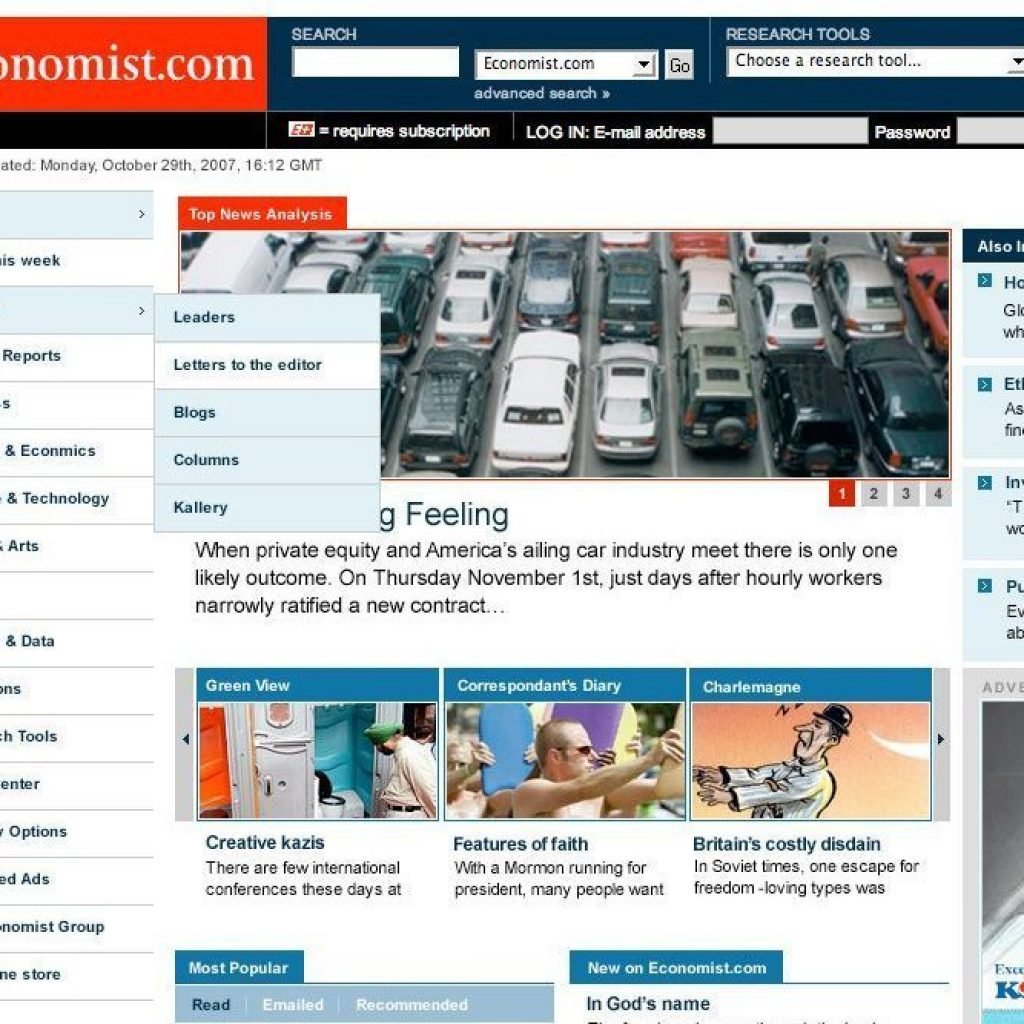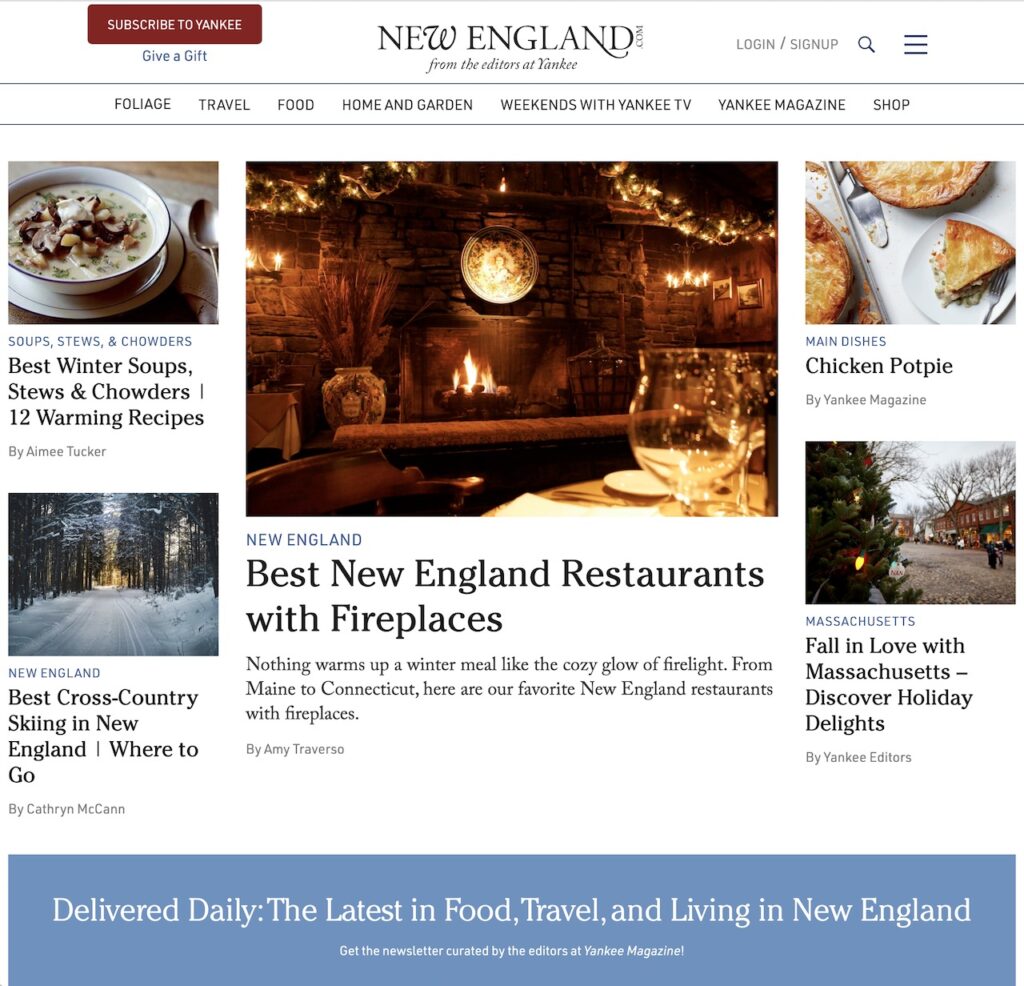A proven track record spanning over two decades, Counterspace’s expertise encompasses guiding clients through every stage of the process, from conceptualization and strategy to design and implementation, establishing us as a trusted digital agency.

Brett Yancy Collins’ (our founder) digital journey began in early 1995, while working for a company called Ignition. A multimedia design company led by Robert Abbott, partnered with a development company called Learn Technologies Interactive (LTI) led by Luyen Chou in New York City. Working with clients like The Smithsonian, Time Warner Electronic Publishing and Sprint, Brett learned the art of designing pixels, and creating experiences for users. Now known as user experience (UX).
After winning a Communication Arts design award for his typography website, counterspace, in 1997, the Rock and Roll Hall of Fame called. Brett Yancy Collins led the project pitch, and won the million dollar contract sponsored by AT&T against several New York based agencies to design and develop a new website for the RockHall.


Working with Rational Rose, where Jakob Nielsen, one of the creators of the Unified Modeling Language (UML), and the proponent of blue links, Brett learned how the UML could be harnessed for the planning of digital products. Adding the concepts of UML to the wireframing process he already created, Brett added functionality. Wireframing took on a new direction, merging technology, audience with content.
Everyone wanted to be online, and the rush of companies searching for experts expanded quickly in the late 1990’s. Way ahead of the curve, Brett worked with the Discovery Channel to create a way for people to create their own video clips using Discovery video clips. The Adventure Maker CD-ROM was ahead of its time conceptually, allowing users create short video clips from award winning content.


Designing the first full flash enabled website brought a new level of client, and Bacardi Global Brands led the way. The Bacardi website was designed without the constraint of the broadband available at the time, with a focus on experience. The heavy audio, video and content heavy website was immersive to those users who could experience the website.
As a sabbatical in early 2000, Brett took a position developing the curriculum for a non–profit art, science & museum in Newark, Ohio. He designed the first digital curriculum, sourced all of the hardware, and achieved Smithsonian Affiliation for the Museum. It was quite a year!


A big part of Brett’s design philosophy is helping not for profit companies leverage the power of design thinking and strategy. During the early 2000’s he worked with the Susan G. Komen Foundation, The New York Department of Education and The United Federation of Teachers to help bring their mission online.
With 8 years of experience in digital design under his belt, 40+ design awards, it was time to go out on his own. Brett moved to New York and opened the doors of the official Counterspace office.


The integration of his UX/UI design skills partnered with clean swiss design problem solving began to bring in just a few clients. In 2005, client relationships with Akamai, Columbia University and the USGA began.
The ability to integrate flash technology into complex CMS systems led to the winning of the HarperCollins Children’s website. The contract was won against a few NYC companies, and they never knew what hit them. Harvard University, Merrill Lynch, Mastercard and Citibank were all in the client roster.


As screen resolutions became larger, allowing the amount of information to increase, architecting and designing dashboards became popular in the late 1990’s. With the experience of designing and developing CD-ROMs in the early 1990’s provided the ability to design information heavy dashboards. Merrill Lynch needed to create a new platform for MLPrime, their hedgefund reporting dashboard, and counterspace designed the UX and interface design.
Between 2004 and 2008 counterspace was sought by all sizes of clients, all trying to grasp how technology and design create new products. During these years the concept of design thinking and UX was in its infancy, and companies did not yet ask the right questions.


Counterspace had evolved into a digital consultant company by 2008, and we were working with eMusic, Columbia Law School, Scholastic and many start up companies that were seeking our expertise to assist them to get to their next round of funding.
Working with vShift, an agency in NYC, counterspace led the digital transformation of many companies. In 2009 the highlight was MOOG, not because of the design but because of the process. Through a complete wireframe process, we were able to bring all of the heads of the company together with a singular vision for their website and content.


Brett always stayed at the forefront of technology and design, and mobile is no exception. As the UX and design arm of Joule, a New York Agency, counterspace led the rapid expansion of AT&T, Dell, Macys and Virgin Mobile into the mobile market place.
After working with Akamai for more than 6 years, evolving their logo, designing their NOC room screens and creating on and offline advertising Brett was creating designs that led their marketing across multiple channels.


During 2011 through 2014, counterspace created hundreds of mobile apps, ad campaigns and mobile websites for Dell, AT&T, Macy’s and Alienware.
With the explosion of bandwidth and mobile devices, movie studios couldn’t wait to get their movie trailers online. Counterspace worked some expert mobile developers to take a different look at movie trailer UX and design.


In the middle of the new decade CMS solutions were in a highly competitive market with each. Each year new coding languages were emerging, and new open source platforms threatened established enterprise CMS solutions.
Adelphic is a mobile and cross-channel programmatic advertising platform connecting brands to audiences and enabling meaningful engagement with individual consumers. With Adelphic, marketers can influence consumer behavior in real time, maximizing the return on their mobile advertising investment.


The mission of the “Scholastic TrackIt! Summer” project was to design a solution that provided administrators, teachers and students with an intuitive, easy-to-use central location for recording, storing and reporting student reading progress all summer long.
Charged with the task of developing a brand logo, style guide and complex online platform to help healthcare organizations meet the clinical communications needs of today, with a clear transition path into the value-based future of healthcare.


F&W Media was a special interest content provider and marketer of enthusiast magazines, books, trade shows, and interactive websites. Counterspace transformed a variety of these special interest websites including The Quilting Company, Popular Woodworking, Antique Trader, Interweave and more- all of which included immersive content requirements such as online education programs, video services, written content, forums, advertising, and cutting edge user account databases.
Motherly migrated their popular site to a new platform with a New York based agency for future growth. The launch of the new website was a disaster. Counterspace took on the challenge, utilizing our experience, we dove in to stabilize the Motherly website. We restored the user traffic, optimized SEO, restructured the UX, increased site speed and optimized the code in order to restore the ability of Motherly to grow their business.


NewEngland.com is a pillar of Yankee Publishing with a dedicated following of New Englanders and travelers alike. The immense amount of content due to the longevity of the brand made a rebuild challenging and exciting. We designed and developed a brand new User Experience on a Headless WordPress Platform for a lightening fast, seamless front and backend experience for both users and administrators alike.